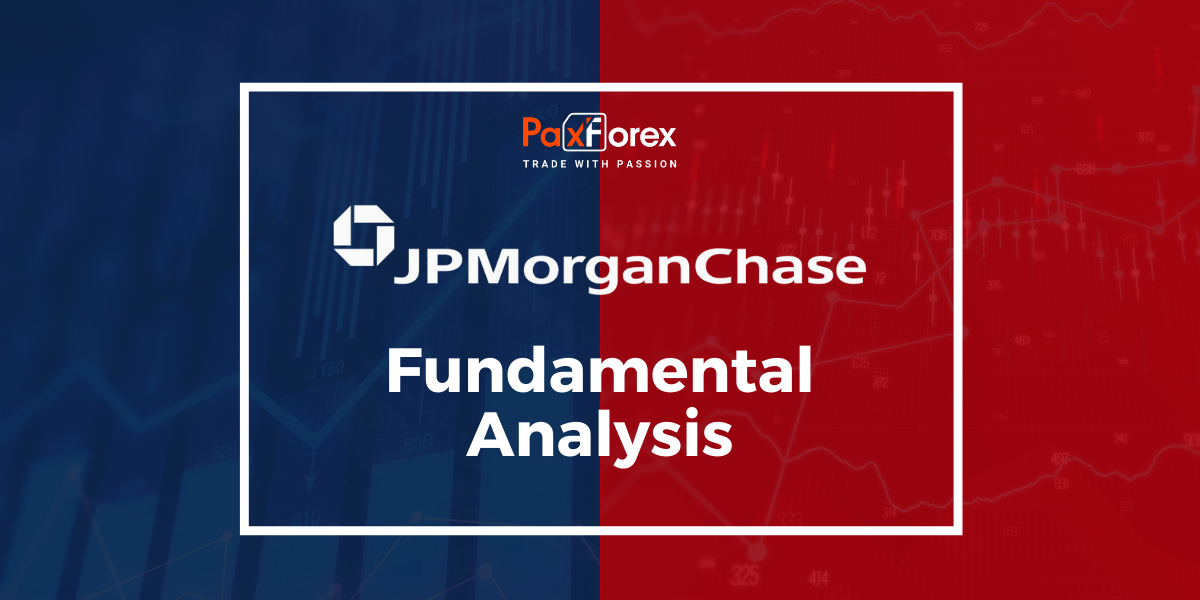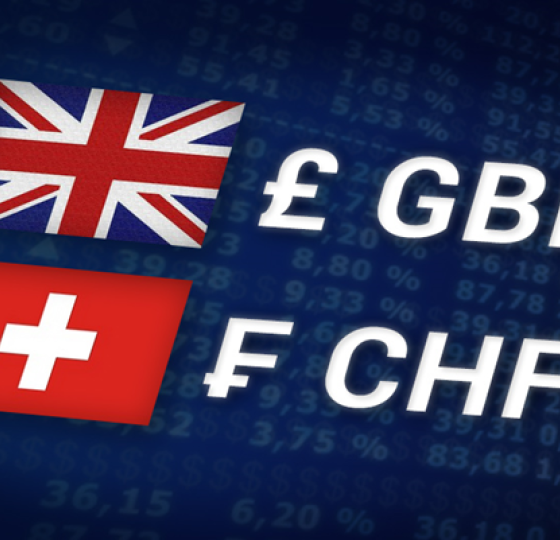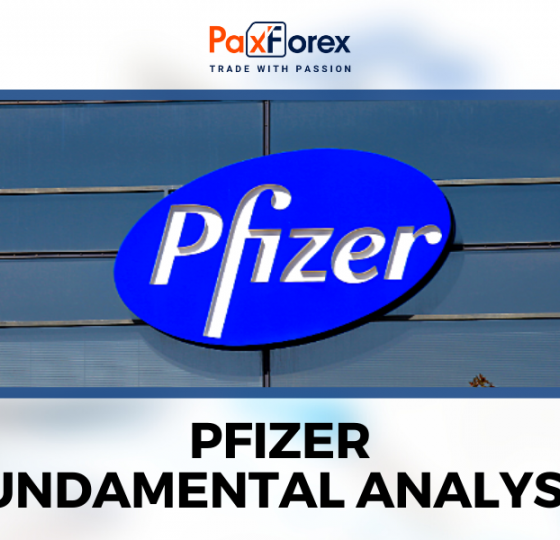
Source: PaxForex Premium Analytics Portal, Fundamental Insight
JPMorgan Chase is often regarded as the top performer among large US banks, recognized for its dominance across various banking sectors such as commercial lending, investment banking, and credit card services. Under the leadership of long-serving CEO Jamie Dimon, the company has established itself as a leading force in the industry.
Currently, JPMorgan Chase's stock stands out as the best performer among the four largest US banks, which include Bank of America, Citigroup, and Wells Fargo. Notably, it is the only one of the group to surpass the S&P 500 index this year. While recent performance has been strong, there have been a few setbacks, leaving some investors to question whether it remains a solid addition to a portfolio.
A significant part of JPMorgan Chase's success is attributed to its sheer size. It leads the banking industry in critical metrics such as revenue and total assets and boasts the highest market capitalization among its peers. The bank also has an extensive network, with over 5,100 branches across the US.
Despite higher interest rates, which can sometimes limit borrowing activity, JPMorgan Chase continues to experience growth in key areas. The elevated rates, which have impacted the US economy in recent years, have not slowed the bank's progress.
The bank’s second-quarter results, released in mid-July, were bolstered by the sale of $7.9 billion worth of Visa stock, contributing to a 22% year-over-year increase in net revenue, reaching $50.2 billion, while net income climbed 25% to over $18.1 billion. JPMorgan Chase managed to surpass analysts' expectations for both revenue and profit despite these unusual factors.
JPMorgan Chase stands out for its diversified business model, which helps mitigate the impact of cyclical downturns in traditional lending activities. The company has strategically invested in some of the most resilient and profitable segments of financial services, consistently benefiting from these decisions.
The commercial and investment banking (CIB) division has thrived, bolstered by strong capital markets where JPMorgan Chase is a major player. CIB’s revenue saw a 9% rise, reaching nearly $18 billion, with a 46% surge in the investment banking unit, generating $2.5 billion. This contributed to CIB’s net income of just under $5.9 billion, an 11% increase, making up nearly a third of the company’s total bottom line for the quarter.
The asset and wealth management segment, another key area, also performed well. Over the years, JPMorgan Chase has significantly scaled this business, consistently driving revenue and profitability. In the most recent quarter, revenue for this segment grew by 6%, hitting almost $5.3 billion, while net profit rose 3% to nearly $1.3 billion.
While the second quarter added to a series of impressive results, sustained outperformance has raised expectations to potentially unrealistic levels. In mid-September, management tempered these expectations, particularly regarding growth in net interest income (NII), a crucial profit measure for banks. Chief Operating Officer Daniel Pinto stated that the $90 billion NII forecast for 2025 was "not very reasonable."
Looking ahead, a decline in key fundamentals may be more likely. Interest rates are expected to fall by the end of 2024 as inflation recedes. While lower rates typically increase loan demand, they can eventually reduce NII, which is what JPMorgan Chase is anticipating.
For now, analysts continue to forecast solid revenue and profitability growth for this year, though this is skewed by the one-time Visa stock sale. Without such events in 2025, analysts expect a nearly 4% decline in revenue and a 7% drop in per-share earnings for next year.
Despite these forecasts, JPMorgan Chase remains a compelling investment. The company has a proven track record of capitalizing on growth opportunities, particularly in banking-adjacent segments. In terms of valuation, its forward P/E ratio of 12 seems modest, even when factoring in the projected 2025 dips. Investors may be overly cautious, but with the US economy still robust, JPMorgan Chase is well-positioned to continue its success. Even if the broader economy falters, the bank's management is adept at generating strong returns. Its stock remains a strong buy.
As long as the price is above 202.00, follow the recommendations below:
- Time frame: D1
- Recommendation: long position
- Entry point: 207.37
- Take Profit 1: 220.00
- Take Profit 2: 225.00
Alternative scenario:
If the level of 202.00 is broken-down, follow the recommendations below:
- Time frame: D1
- Recommendation: short position
- Entry point: 202.00
- Take Profit 1: 195.00
- Take Profit 2: 190.00













